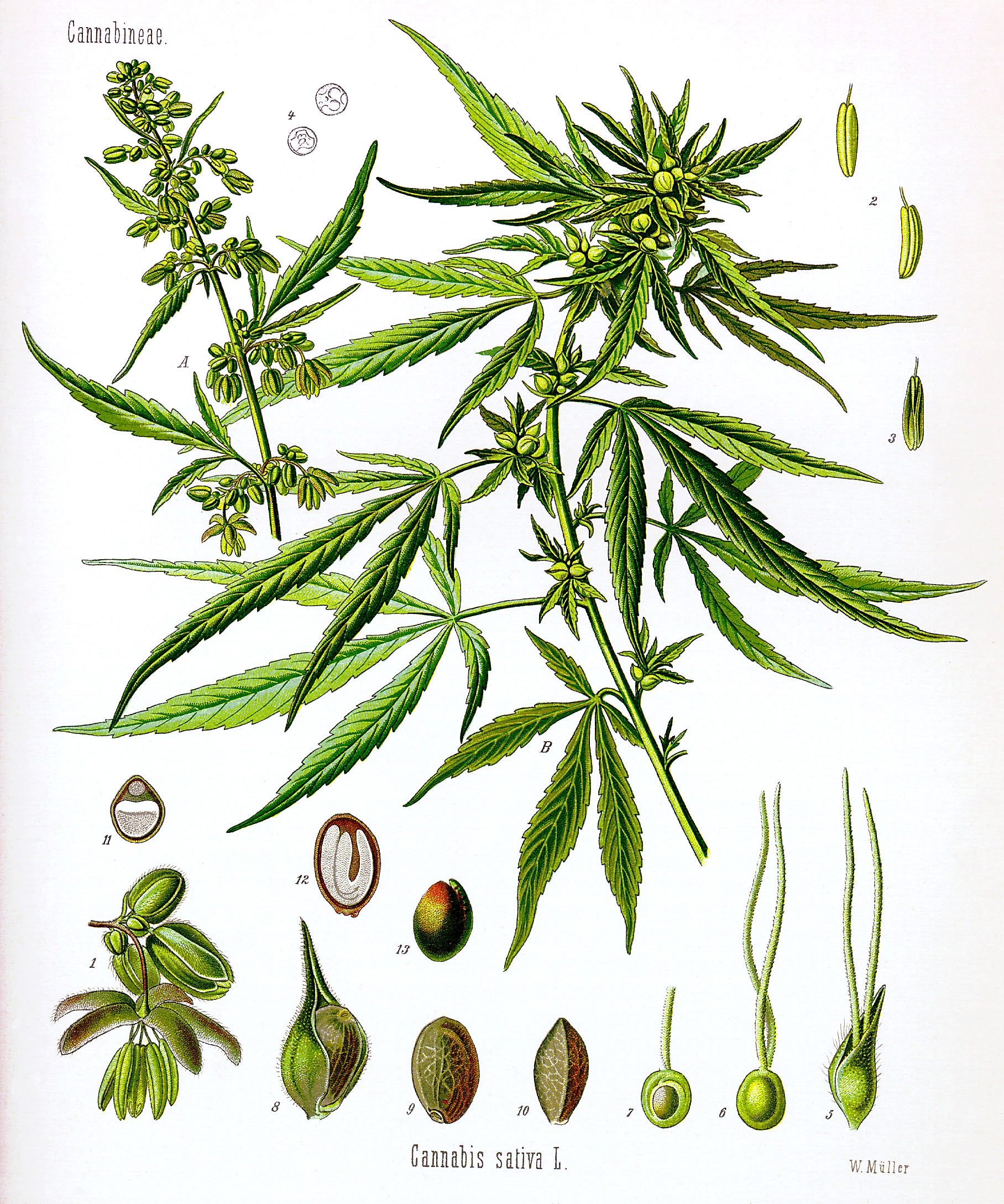Growing indoor cannabis 101
- Introduction to Cannabis Cultivation
- Understanding Hydroponics
- Seed Germination and Cloning
- Water Quality Management
- Optimizing Growth Environments
- Pest and Disease Management
- Harvesting and Curing
- Safety and Security Issues
- Business and Marketing Strategies
- Ethics and Responsibility
- Practical Applications & Case Studies
- Review and Self-Evaluation
- Final Project & Peer Review
Introduction to Cannabis Cultivation
The History of Cannabis Cultivation

Genus of flowering plants.
Cannabis, also known as marijuana, has a long and rich history that dates back thousands of years. This unit will delve into the origins of cannabis cultivation, its historical uses, the evolution of cultivation techniques, and the impact of prohibition on cannabis cultivation.
Origins of Cannabis Cultivation
Cannabis is believed to have originated in Central Asia and was one of the first plants to be cultivated by humans. Archaeological evidence suggests that cannabis was used for its psychoactive properties as early as 4000 B.C. in China and was widely cultivated throughout Asia and the Middle East for its fiber, seeds, and psychoactive properties.
Historical Uses of Cannabis
Historically, cannabis has been used for a variety of purposes. Its seeds were used as food, its fibers were used to make textiles, ropes, and paper, and its resin was used for its psychoactive and medicinal properties. In many cultures, cannabis was used in religious and spiritual rituals. In traditional Chinese medicine, cannabis was used to treat a variety of ailments, including pain, rheumatism, and malaria.
Evolution of Cannabis Cultivation Techniques
The techniques used to cultivate cannabis have evolved significantly over the centuries. Early cultivators likely grew cannabis outdoors, relying on natural sunlight and rainfall. As cultivation spread to different climates and environments, growers developed techniques to optimize yield and potency. These included selective breeding to produce strains with desired traits, the use of fertilizers to enhance soil fertility, and the development of indoor cultivation techniques to control environmental conditions.
In the 20th century, the development of hydroponics revolutionized cannabis cultivation. Hydroponics allows cannabis to be grown in nutrient-rich water rather than soil, providing greater control over the plant's nutrition and enabling year-round cultivation indoors. This has led to significant improvements in yield and potency.
Impact of Prohibition on Cannabis Cultivation
The prohibition of cannabis in the 20th century had a profound impact on its cultivation. In many parts of the world, cannabis cultivation was driven underground, leading to the development of stealth growing techniques. These included the use of grow houses to conceal cultivation activities and the development of strains that are smaller and faster-growing to evade detection.
Despite the challenges posed by prohibition, cannabis cultivation has persisted and even thrived. The recent trend towards legalization in many parts of the world has led to a resurgence in cannabis cultivation and the development of new, more sophisticated cultivation techniques.
In conclusion, the history of cannabis cultivation is a fascinating journey that reflects the ingenuity and resilience of the human spirit. As we move forward, it is important to remember this history and the lessons it can teach us about the potential of this remarkable plant.